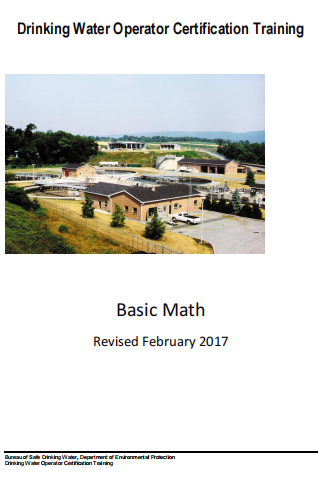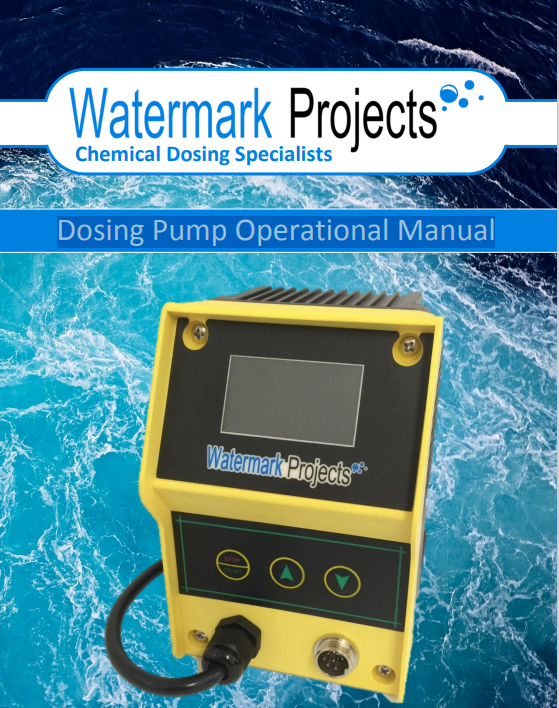Operation & Maintenance
Deploying Next-Gen HMI Solutions: A Blueprint For Increased Operational Efficiency
Views : 4
Deploying Next-Gen HMI Solutions A Blueprint For Increased Operational Efficiency
Source: https://www.aveva.com
Usually dispatched in 2 to 3 days
Usually dispatched in 2 to 3 days
Category:
Operation & Maintenance
Only logged in customers who have purchased this product may leave a review.
Related books
Flexible Design and Operation of Multi-Stage Flash (MSF) Desalination Process Subject to Variable Fouling and Variable Freshwater Demand
Abstract:
This work describes how the design and operation parameters of the Multi-Stage Flash (MSF) desalination process are optimised when the process is subject to variation in seawater temperature, fouling and freshwater demand throughout the day. A simple polynomial based dynamic seawater temperature and variable freshwater demand correlations are developed based on actual data which are incorporated in the MSF mathematical model using gPROMS models builder 3.0.3. In addition, a fouling model based on stage temperature is considered. The fouling and the effect of noncondensable gases are incorporated into the calculation of overall heat transfer co-efficient for condensers. Finally, an optimisation problem is developed where the total daily operating cost of the MSF process is minimised by optimising the design (no of stages) and the operating (seawater rejected flowrate and brine recycle flowrate) parameters.
Flexible Design and Operation of Multi-Stage Flash (MSF) Desalination Process Subject to Variable Fouling and Variable Freshwater Demand
Abstract:
This work describes how the design and operation parameters of the Multi-Stage Flash (MSF) desalination process are optimised when the process is subject to variation in seawater temperature, fouling and freshwater demand throughout the day. A simple polynomial based dynamic seawater temperature and variable freshwater demand correlations are developed based on actual data which are incorporated in the MSF mathematical model using gPROMS models builder 3.0.3. In addition, a fouling model based on stage temperature is considered. The fouling and the effect of noncondensable gases are incorporated into the calculation of overall heat transfer co-efficient for condensers. Finally, an optimisation problem is developed where the total daily operating cost of the MSF process is minimised by optimising the design (no of stages) and the operating (seawater rejected flowrate and brine recycle flowrate) parameters.
Water Treatment Continuing Education Professional Development Course
Water Treatment CEU Training Course
Water Distribution, Well Drillers, Pump Installers, Water Treatment Operators. The target audience for this course is anyone interested in working in a water treatment or distribution facility, wishing to maintain CEUs for a certification license, learn how to do the job safely and effectively and/or to meet education needs for promotion. This short CEU course will cover the fundamentals of water treatment beginning with the source of water and ending with the disinfection and distribution, making sure it meets federal compliance. Task Analysis and Training Needs Assessments have been conducted to determine or set Needs-To-Know for this course. The following is a listing of some of those who have conducted extensive valid studies from which TLC has based this program upon: the Environmental Protection Agency (EPA), the Arizona Department of Environmental Quality (ADEQ), the Texas Commission of Environmental Quality (TCEQ) and the American Boards of Certification (ABC).
Water Treatment Continuing Education Professional Development Course
Water Treatment CEU Training Course
Water Distribution, Well Drillers, Pump Installers, Water Treatment Operators. The target audience for this course is anyone interested in working in a water treatment or distribution facility, wishing to maintain CEUs for a certification license, learn how to do the job safely and effectively and/or to meet education needs for promotion. This short CEU course will cover the fundamentals of water treatment beginning with the source of water and ending with the disinfection and distribution, making sure it meets federal compliance. Task Analysis and Training Needs Assessments have been conducted to determine or set Needs-To-Know for this course. The following is a listing of some of those who have conducted extensive valid studies from which TLC has based this program upon: the Environmental Protection Agency (EPA), the Arizona Department of Environmental Quality (ADEQ), the Texas Commission of Environmental Quality (TCEQ) and the American Boards of Certification (ABC).
Overview, Installation and Maintenance of Pumps, Valves and Piping
When you have completed this chapter, you will be able to do the following:
1. Recognize the principles of pump operation. 2. Identify the different types of pumps. 3. Identify an eductor.
4. Identify basic types and functions of valves. 5. Identify the types of steam traps. 6. Identify the different types of strainers.
7. Recognize the different types of filters. 8. Identify tubing and associated fittings. 9. Identify piping, associated fittings, and flange shielding.
10. Identify the types of packing and gasket material.
Overview, Installation and Maintenance of Pumps, Valves and Piping
When you have completed this chapter, you will be able to do the following:
1. Recognize the principles of pump operation. 2. Identify the different types of pumps. 3. Identify an eductor.
4. Identify basic types and functions of valves. 5. Identify the types of steam traps. 6. Identify the different types of strainers.
7. Recognize the different types of filters. 8. Identify tubing and associated fittings. 9. Identify piping, associated fittings, and flange shielding.
10. Identify the types of packing and gasket material.
Drinking Water Operator Certification Training Module #24 Gas Chlorination
Learning Objectives
. Explain the purpose of chlorination.
. Describe the two forms of chlorine.
. Describe the properties of liquid chlorine and gaseous chlorine.
. Explain how chlorine reacts in aqueous solutions.
. Read and explain chlorine reaction equations.
Drinking Water Operator Certification Training Module #24 Gas Chlorination
Learning Objectives
. Explain the purpose of chlorination.
. Describe the two forms of chlorine.
. Describe the properties of liquid chlorine and gaseous chlorine.
. Explain how chlorine reacts in aqueous solutions.
. Read and explain chlorine reaction equations.
Basic Math Concepts for Water and Wastewater Operators
Topics
General review of fundamentals
Hierarchy of operations
Manipulating equations
Fractions, Decimals, Percent
Data Management - averaging
Unit/dimensional analysis and conversion factors
Electricity
Temperature
Basic Math Concepts for Water and Wastewater Operators
Topics
General review of fundamentals
Hierarchy of operations
Manipulating equations
Fractions, Decimals, Percent
Data Management - averaging
Unit/dimensional analysis and conversion factors
Electricity
Temperature















Reviews
There are no reviews yet.